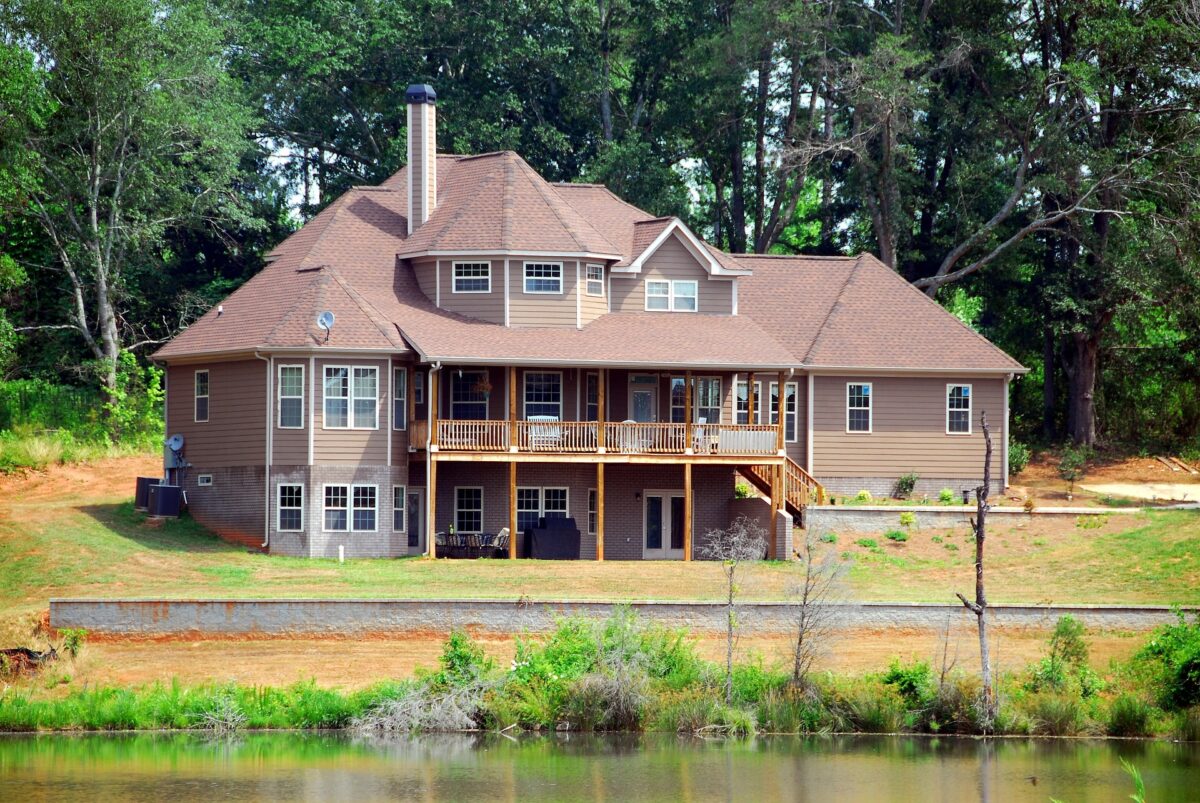Mortgage Rates Surge to Their Highest Level in Over Two Decades – Implications for Prospective Homebuyers

Homebuyers are now grappling with the steepest mortgage rates since 2002, and industry experts caution that these elevated loan costs could put a damper on the housing market.
The surge in rates follows predictions by economists, suggesting that rates could climb beyond 8 percent should the Federal Reserve opt for another interest rate hike next month. As a result, prospective buyers now find themselves securing mortgages that require an additional $1,000 in monthly payments compared to those obtained just two years ago.
What Does A Mortgage Cost?
To illustrate, a family purchasing a $400,000 home, assuming a 5 percent down payment, would face monthly payments of $2,551.
Throughout the duration of their 30-year mortgage, they will incur a total cost of $918,417 for their house, with a substantial $538,417 designated solely for interest payments. Ouch. That alone will make you want to stop browsing Zillow every day.
In contrast, had they made the purchase back in August 2021, they would have been disbursing a mere $1,576 per month for the identical home. Consequently, the overall expenditure would amount to $567,207, with a relatively modest $187,207 directed toward interest. During that period, interest rates were more agreeable, resting at 2.87 percent.
The Federal Reserve’s unrelenting series of interest rate hikes has had a pronounced impact on mortgage rates, rendering them among the most adversely affected.
In its concerted effort to curb surging inflation, the Federal Reserve has raised its funds rate on ten separate occasions within the past 15 months.
It is noteworthy that while the Federal Reserve’s funds rate doesn’t have a direct bearing on 30-year fixed-rate mortgages, the latter are considerably influenced by the yields of 10-year Treasury bonds.
These yields are subject to the dynamics of inflation, the Federal Reserve’s actions, and investor sentiments.
Traditionally, the differential between 30-year mortgage rates and the 10-year Treasury yield, commonly referred to as the ‘spread,’ tends to linger within the range of 1.5 to 2 percentage points. For example, if the 10-year yield stands at 4 percent, the 30-year mortgage rate typically hovers around 6 percent.
However, this ‘spread’ has now dramatically expanded to approximately 300 basis points, signifying a substantial departure from conventional norms.
What Are Real Estate Experts Saying?
Experts caution that such conditions bear a resemblance to those observed in the lead-up to the financial crisis.
Cris deRitis, Deputy Chief Economist at Moody’s Analytics, cautioned MarketWatch, stating, “Historically, the mortgage-rate spread has reached this level only during periods of financial crisis, such as the Great Recession or the early 1980s recession.”
The substantial rise in the cost of homeownership has resulted in 82 percent of potential property buyers being effectively “locked in” to their current residences because they secured their mortgages during a period of low rates. Freddie Mac officials conveyed this concern last month, revealing that many homeowners are now hesitant to relocate, given the prospect of switching to a higher-rate mortgage.
Interestingly, one in seven homeowners who have no immediate plans to sell their homes cited their existing low-interest rate as the primary reason for staying put.
The consequences of this trend have been felt in the real estate market, with the number of new properties listed in June dropping by 20 percent compared to the same period last year.
Simultaneously, data from the Mortgage Bankers Association indicated that the average loan size for purchase applications has dwindled to $423,500, marking its lowest point since January 2023.